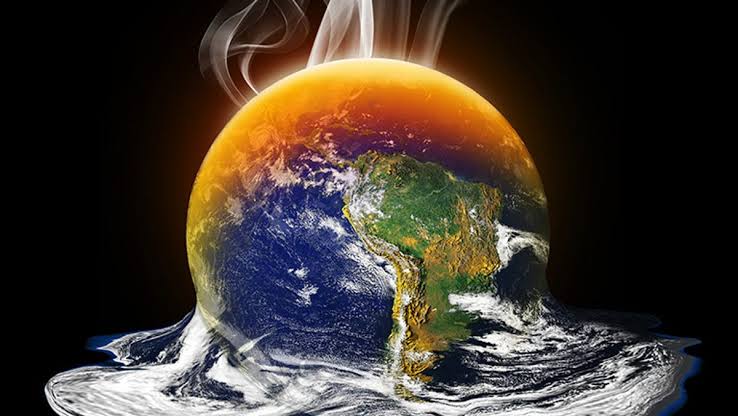Last month was the hottest January on record, surpassing a previous high recorded in 2016, the US climate service said Thursday.
Land and ocean surface temperatures surpassed the 20th century January average of 53.6 degrees Fahrenheit (12 degrees Celsius) by 2.05 degrees, the National Oceanic and Atmospheric Administration said.
And they beat January 2016 — the hottest January since records began in 1880 — by a narrow 0.04 degrees.
The news confirms a similar finding by the European Union’s climate monitoring service last week, which used slightly different data.
Across much of Russia and parts of Scandinavia and eastern Canada, temperatures were nine degrees above average or higher.
Arctic sea ice coverage in January was 5.3 percent below the 1981–2010 average, while Antarctic coverage was 9.8 percent below.
Scientists agree overwhelmingly that manmade greenhouse gas emissions are a significant cause of the planetary warming we are currently experiencing.
The United Nations said last year these need to tumble 7.6 percent annually over the next decade to cap global warming at 1.5 C (2.7 F)above preindustrial levels, the aspirational goal set in the landmark Paris Agreement.
Current pledges to cut emissions put Earth on a path of several degrees of warming by the end of the century, which will make large swaths of the planet inhospitable for humans and many other species.

